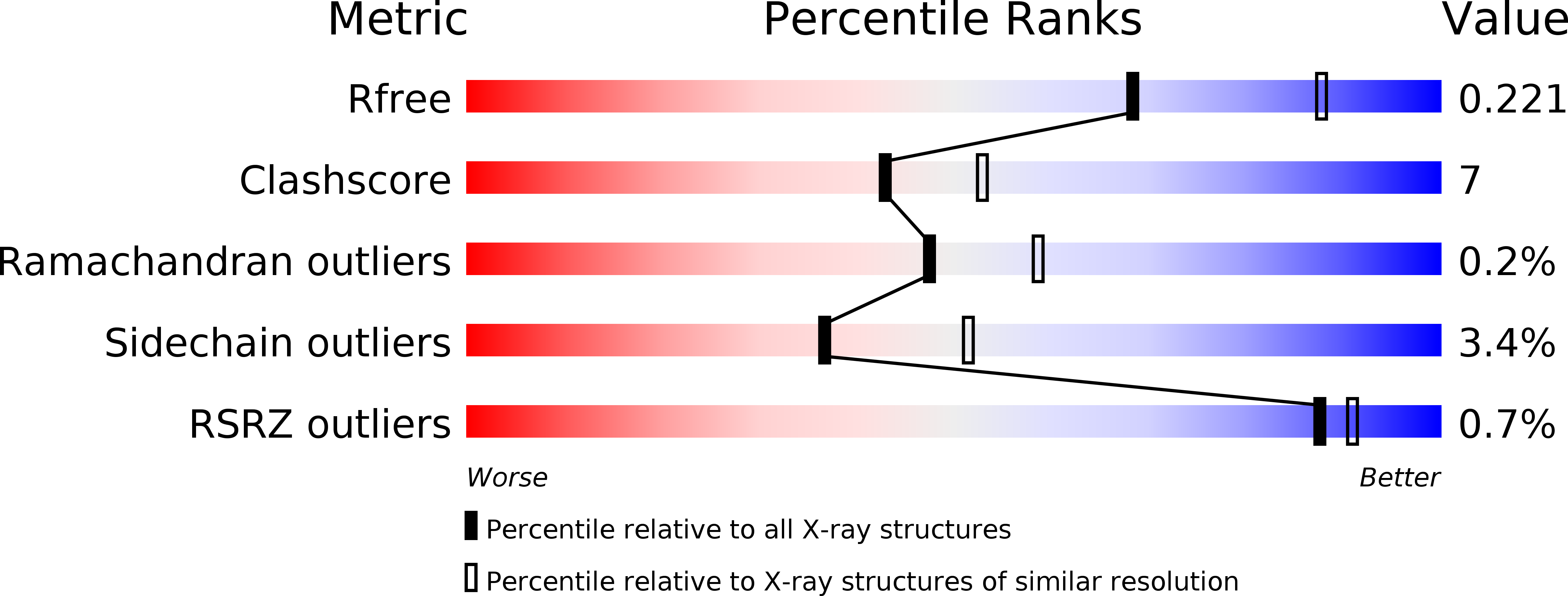
Deposition Date
2008-02-19
Release Date
2008-07-01
Last Version Date
2024-05-01
Entry Detail
PDB ID:
2VOR
Keywords:
Title:
Crystal Structures of Mycobacterium tuberculosis Folylpolyglutamate Synthase Complexed with ADP and AMPPCP
Biological Source:
Source Organism:
MYCOBACTERIUM TUBERCULOSIS (Taxon ID: 83332)
Host Organism:
Method Details:
Experimental Method:
Resolution:
2.30 Å
R-Value Free:
0.22
R-Value Work:
0.17
R-Value Observed:
0.17
Space Group:
P 21 3


